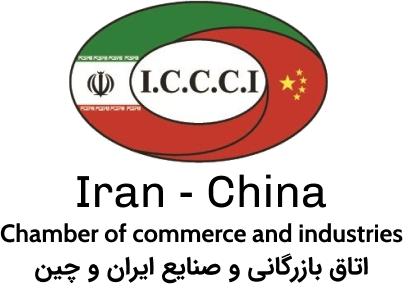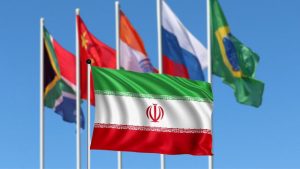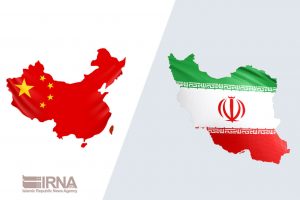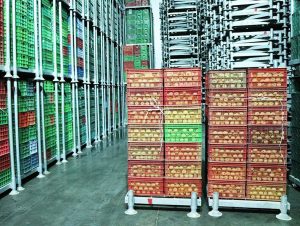The export of sponge iron from Iran rose by 93 percent during the first nine months of the current Iranian calendar year (March 21-December 21, 2023), as compared to the same period of time in the past year, according to the data released by the Iranian Steel Producers Association (ISPA).
The ISPA reported that 1.214 million tons of sponge iron was exported in the country during the nine-month period of this year, while the figure was 630,000 tons in the first nine months of the previous year.
As the association has reported, the production of sponge iron in Iran rose by 6.5 percent during the first nine months of the current year, from that of the previous year.
The ISPA reported that 28.088 million tons of sponge iron was produced in the country during the nine-month period of this year, while the figure was 26.37 million tons in the first nine months of the past year.
As previously announced by the ISPA, Iran’s export of sponge iron registered a record high of 249.4 percent in growth during the first four months of the current Iranian calendar year (March 21-July 22, 2022), as compared to the same period of time in the past year.
The ISPA reported that the country exported 580,000 tons of the product in the first four months of the present year, while the figure was about 166,000 tons in the four-month period of the previous year.
Direct reduced iron (DRI), also called sponge iron, is produced from the direct reduction of iron ore (in the form of lumps, pellets, or fines) into iron by reducing gas or elemental carbon produced from natural gas or coal. Many ores are suitable for direct reduction.
While Iran is fighting the U.S. severe sanctions on its economy, and the country’s different industrial and economic sectors have been affected by the limitations and difficulties caused by the sanctions condition, the country’s mining sector is moving forward noticeably, overcoming such barriers.
Among the mining sector’s different products, sponge iron is an outstanding example, as the production of this item is rising more and more in the country.
Iranian Mines and Mining Industries Development and Renovation Organization (IMIDRO), Iran’s largest metals and mining holding, has stated that one of the most important reasons for the increase in sponge iron production in Iran is the establishment of new sponge iron plants, adding that in recent years, with its new strategy and with the participation of the private sector, the organization has been able to launch several projects to produce sponge iron.
Meanwhile, in July 2022, IMIDRO reported that Iran’s Mines and Metals Company (MME) has established China’s first gas-based sponge iron production unit using the Persian Direct Reduction (PERED) technology.
“As the world’s first manufacturer of gas-based sponge iron, Iran is now transferring the technology to the world’s biggest steel producer”, IMIDRO announced at the time.
The deal for the construction of the first gas-based sponge iron plant was concluded between China’s CSTM Company and MME Company from Iran as the license owner of PERED technology.
With a capacity of 300,000 tons, the plant has been launched in China’s Taiyuan city.
PERED is a new technology for producing sponge iron using natural gas as fuel, which according to MME is a masterwork of the Iranian steel industry and is more efficient and effective in all respects such as the degree of metallization of the product, fuel consumption, operating costs and ease of operation compared to similar technologies.
This technology is already being used in several production units across Iran including Shadegan Steel, Miyaneh Steel, Neyriz Steel, and Baft Steel companies.
The main difference between the PERED technology with other technologies is the high and tangible quality of the sponge iron metallization, which has been reached above 95 percent on the initial day. In other technologies, however, it is very difficult to achieve a degree of metallization above 95 percent during the first months of a unit’s operation.





